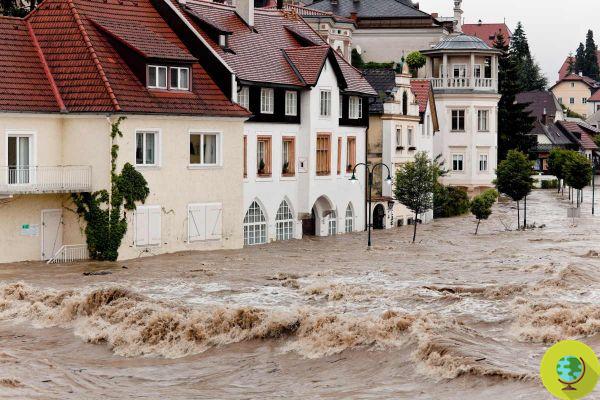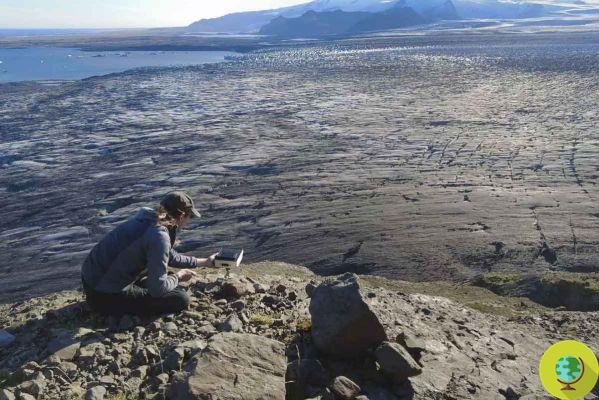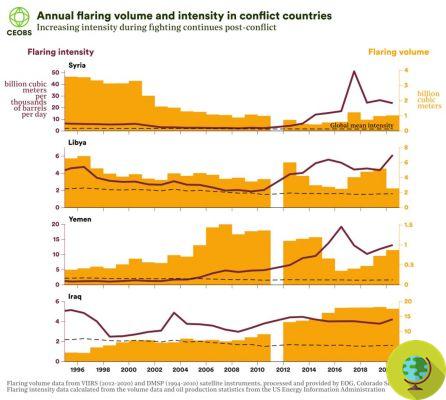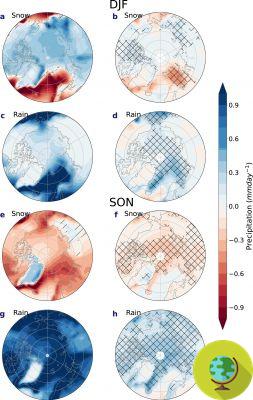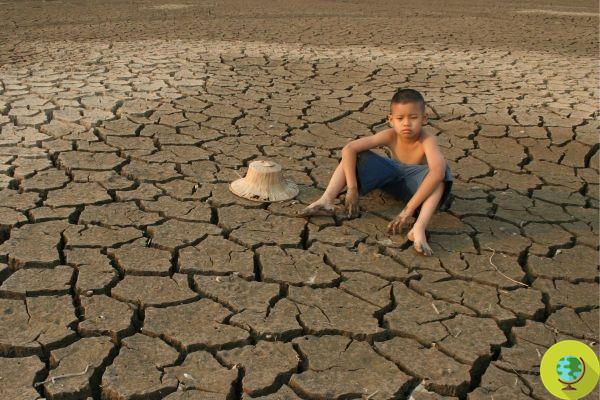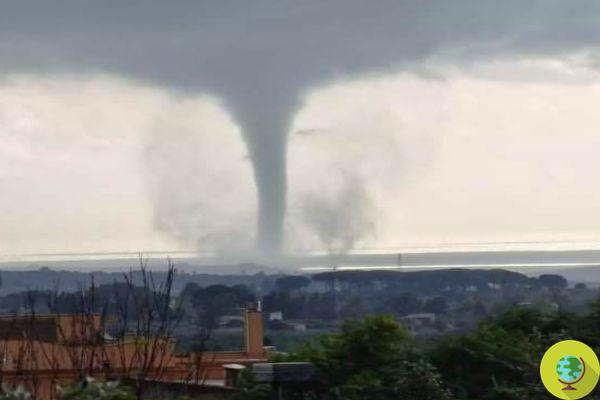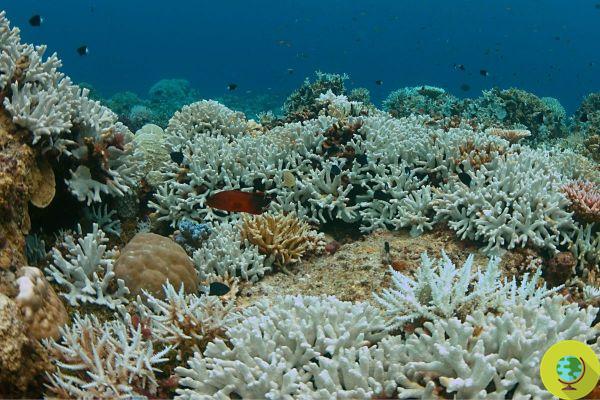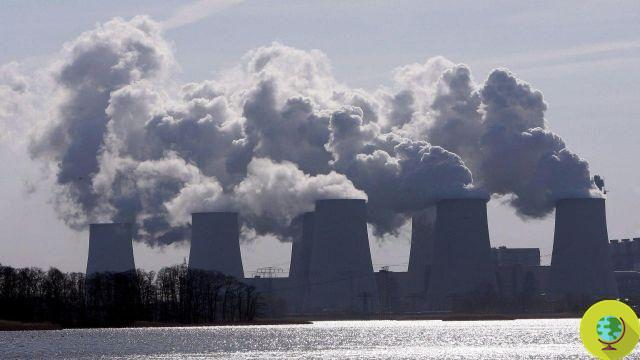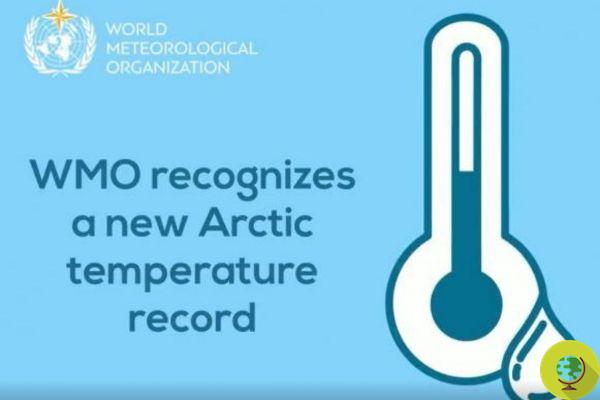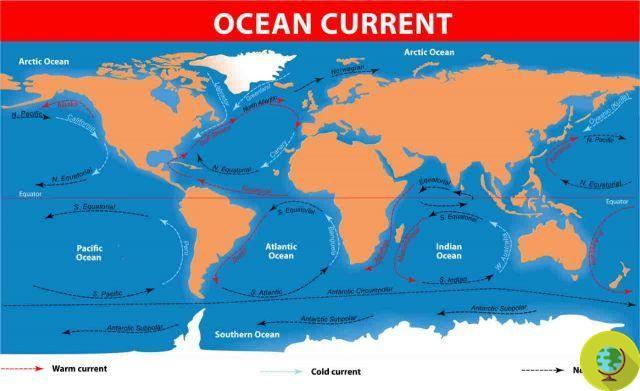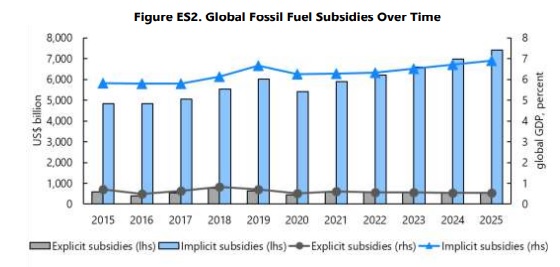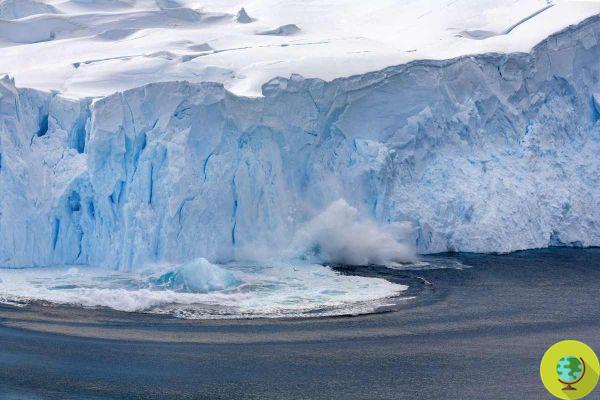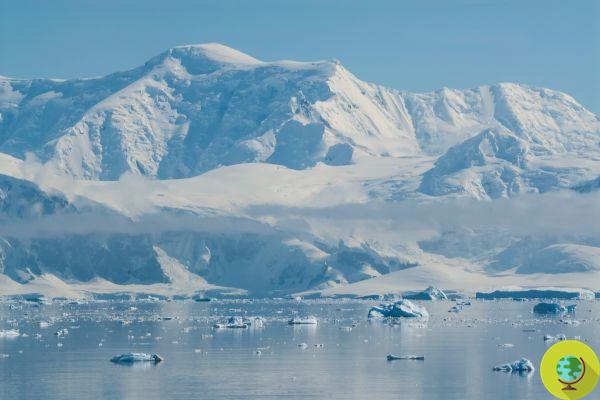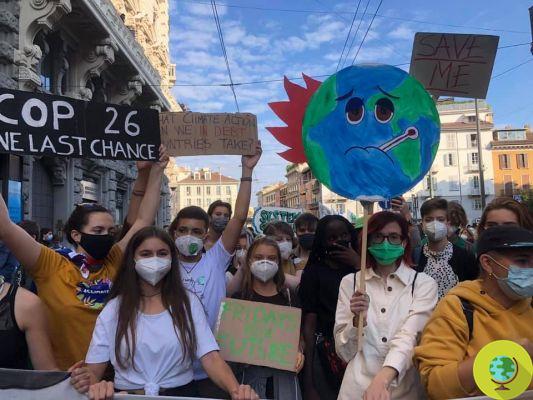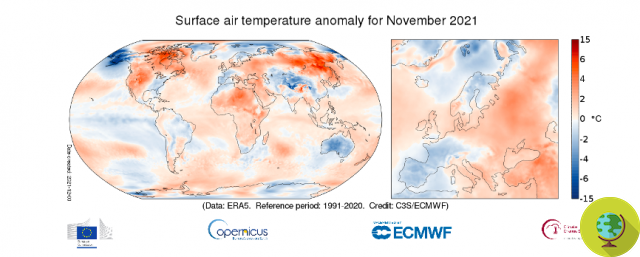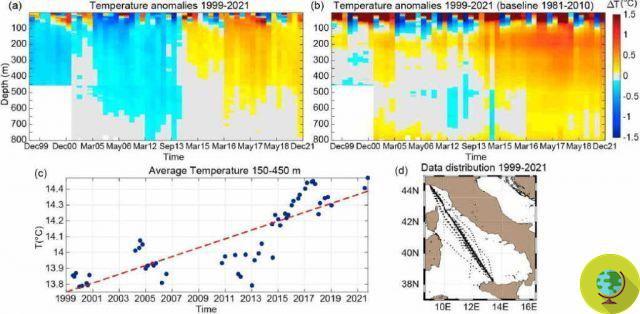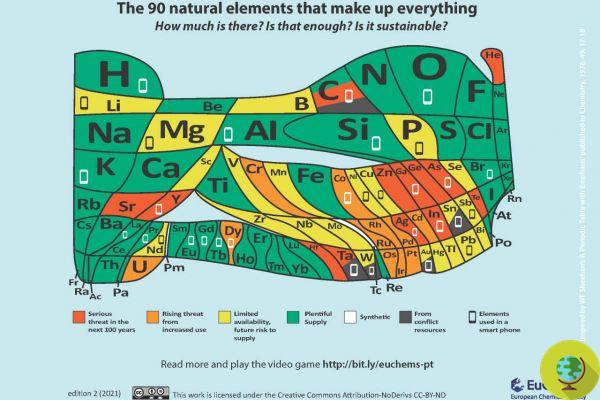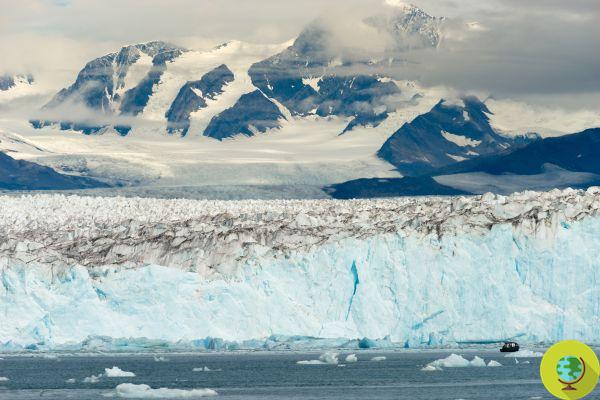
Rising temperatures are melting the permafrost layer, causing damage to the country's petrochemical industry
Rising temperatures caused by burning fires and fossil fuels are melting the permafrost layer, causing damage to the country's petrochemical industry
Over the last 45 years, temperatures in Russia rose 2.5 times faster than the world average. This has caused, in addition to the extreme climatic phenomena of recent years, also the dissolution of the state of permafrost on which 2/3 of the country are located - with destabilizing consequences for the oil and gas extraction plants located in the area, which they forced oil companies to invest millions of dollars in preventing possible damage to infrastructure.
The warmer temperatures and the melting of the permafrost also they are releasing the methane hitherto trapped by ice into the atmosphere, which ends up giving rise to otherwise inexplicable fires. This year alone, the fires in Russia have burned over 65.000 square miles of land, and in the two months of July and August - those most affected by the phenomenon - more CO2 was produced than that produced by the whole of Germany in a year. . Scientists speak of a real 'time bomb': the greater the increase in temperatures, due to pollution and fires, the greater the melting of the permafrost and the release of methane into the atmosphere, which will further increase the incidence of fires. In addition to the risk of fires, it must be considered that methane is a greenhouse gas with a much stronger heating power than carbon dioxide - its presence in the atmosphere therefore leads to an even more consistent increase in temperatures.
A recently published study leveraged satellite imagery for measure the actual levels of methane in the Siberian atmosphere: it emerged that the anomalous heat wave recorded in 2020 (which saw average temperatures rise 11 ° C above average) was responsible for methane emissions along two rock formations in the Yenisei-Khatanga Basin (in the Polar Arctic), located several hundred miles away.
Scientists sound the alarm: the dispersion of methane into the environment due to the melting of permafrost is about 70 years ahead of forecasts. It is estimated that the Arctic could lose 89% of its permafrost by 2100, releasing methane and other gases into the atmosphere and destroying Siberian mining facilities and nuclear power plant. Climate change is happening at a much faster rate than expected and one of its consequences - the loss of ice in the polar regions - is contributing to the already severe damage caused by rising temperatures and rising sea levels.
Follow us on Telegram | Instagram | Facebook | TikTok | Youtube
Fonti: PNAS / Wall Street Journal
We also recommend:
- The melting of the permafrost behind the Arctic fuel spill - it's a time bomb
- Russian researchers want to study ancient Siberian permafrost viruses
- Fires in Siberia, here we go again: even the permafrost "burns". A record season is feared




